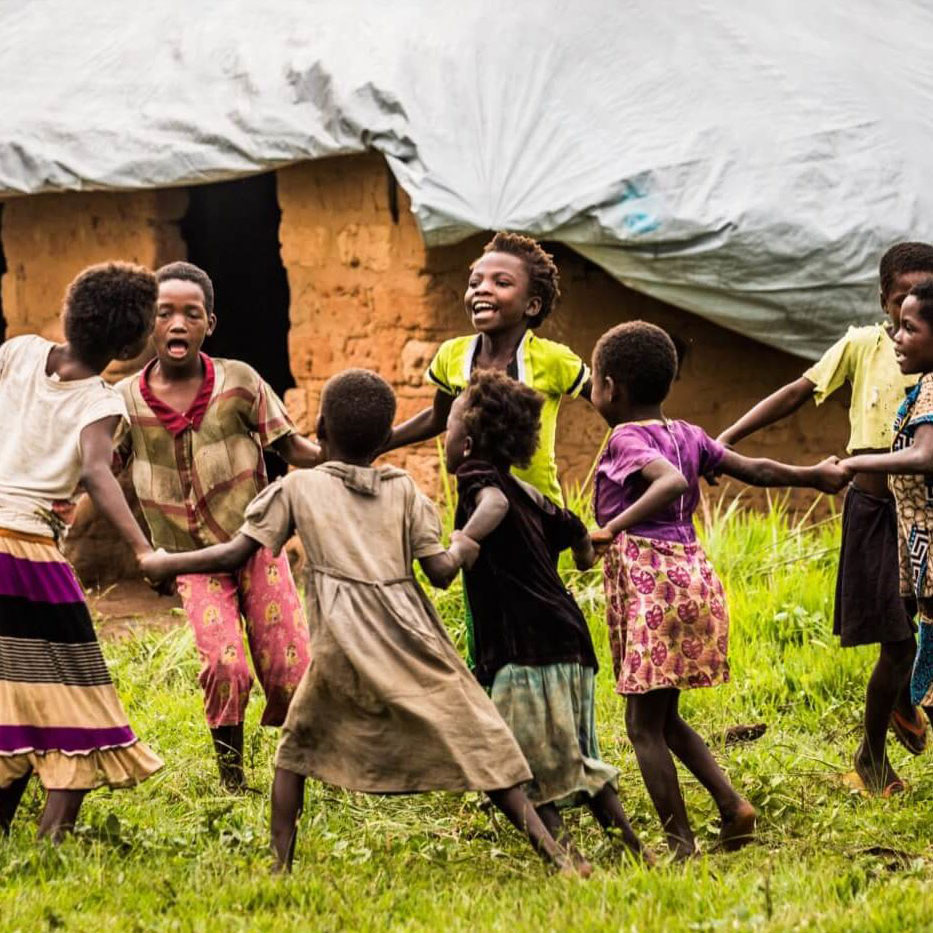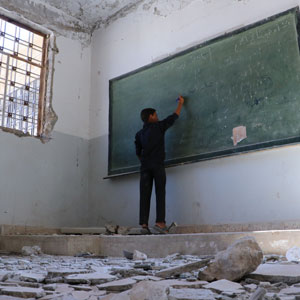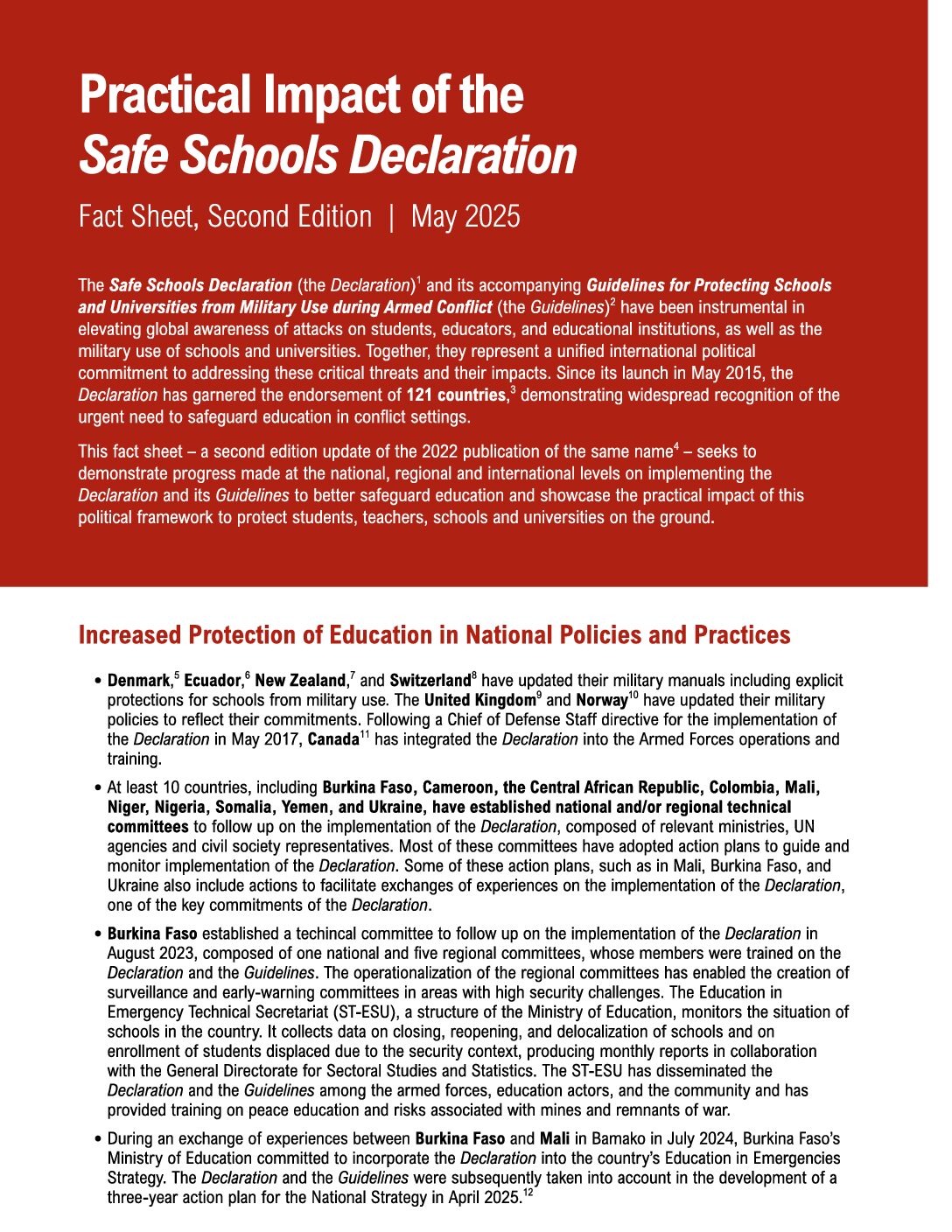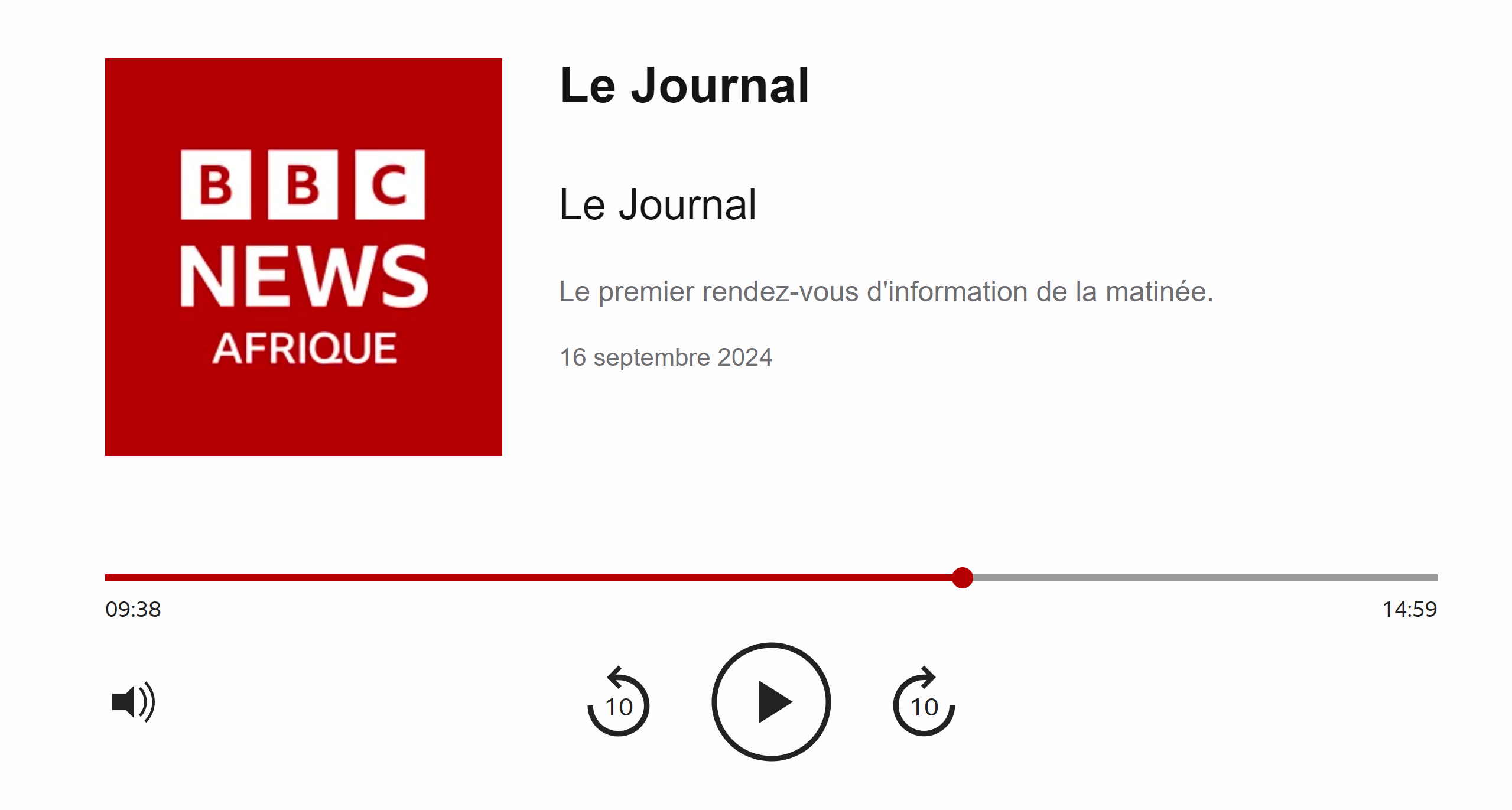GCPEA News
Kandahar schools brave harsh realities
Despite a reinvigorated desire for learning in southern Afghanistan, the region's education statistics remain damning.
Al-Jazeera, May 25, 2012
Mujib Mashal
Dand, Kandahar, Afghanistan – The teachers at Mia Noor Mohamed Middle School fear losing their beloved institution, one classroom at a time.
Only a few of the rooms in the two-storey building, just a 30-minute drive from the provincial capital, remain open for learning. The entire second floor is a police post, where a couple of dozen young soldiers dine and sleep in bunk beds lined up against the walls.
Several months ago, one of the police officers briefly brought his wife and kids to stay with him, and they took up a classroom. Now, a young officer is asking the small school of about 200 students to vacate yet another room, allegedly to put up a teacher their commander has hired to teach the troops basic literacy. Sceptical of the reasons, the principal is on the phone, trying to avoid losing one more classroom.
“The soldiers walk in front of our young students listening to songs, carrying their guns… and sometimes even joints of weed,” one teacher complained.
One morning, the same teacher said he collected dozens of bullets spread around the classrooms and returned them to the soldiers before he could allow the students in.
“What kind of a learning environment is this?”
The daily struggle of schools in the region to remain open is testament to a reinvigorated desire for learning in a province that has historically lagged behind in education. The recent decades of violence, for which Kandahar – and Afghanistan’s south more generally – has borne an unequal brunt, has worsened the plight. Until today, there remain three districts in the province, with an estimated population of 30,000 people, that have never had a school, according to Sher Agha Safi, the provincial education chief. More than 100 schools in other parts of the province remain closed due to Taliban threats.
And the statistics are damning. Afghanistan’s 34 provinces had more than 150,000 high school graduates in 2011, according to data provided by the ministry of education. But Kandahar, the country’s second-largest province, produced an abysmal 1,823 graduates, just 0.12 per cent of the national figure.
Safi has managed to reopen 13 of the closed schools in the past two months. The province has 137,000 registered students, 37,000 of them girls.
“For this large province, that is a small number,” he admits.
Amid murmurs of peace talks, even if a compromise deal were to be reached with the Taliban to bring relative calm to the region, the abysmal education record means a vast number of uneducated youths, without skills that give them hope, will remain vulnerable to exploitation.
Fear of Taliban
The location of Mia Noor Mohamed school – it shares a wall with the district governor’s compound – has been a source of trouble, increasing its risk of being targeted.
“Parents send their children for learning, not to the government,” said another teacher, who spoke on condition of anonymity, fearing reprisals from police.
“If the Taliban want to attack, they will have no mercy.”
In 2009, a suicide attack in the district governor’s compound shut the school for a year, but a new principal, Ata Mohamed, opened it again.
“The first day, we had three teachers, one principal, and two students,” Mohamed said.
The number of students grew quickly. Today, the school has about 350 enrolled, and 200 attend regularly. But the troubles have persisted.
“The foreigners would bring dogs to search the school,” said one teacher. “They brought the dogs classroom by classroom, as students sat at their desks.”
About a year ago, as the Taliban’s recent tactic of taking over buildings in strategic locations and waging assaults from them intensified, the police feared the district governor’s office could be targeted from the school building. So one of its platoons took over the second floor, and they have remained there since.
“We are here for their safety,” insisted one of the police officers.
When the principal was on an official trip a few months ago, a police commander walked in and asked for the school to be shut down. The commander said he had information that the area was being targeted. When teachers, in the absence of the principal, argued to keep the school open, the commander threatened to personally “put the lock” on, one teacher recalled.
The school remained closed for a week.
The district governor has asked the school to relocate, to a new building about two kilometres away.
“Right now, there is no drinking water there, I cant take my boys there,” the principal said. “Hopefully, by next year they can arrange for water.”
Kandahar has about 4,100 teachers, 1,400 of whom are part-time high school students.
Mia Noor Mohamed School has six grades, but only five teachers. The principal himself teaches the third-grade class. Only he has a “teacher’s training” degree, a two-year programme following high school graduation. One of the teachers is a high school graduate, another an 11th-grade dropout. The remaining three are current high school students who teach part-time. Fourth-grade teacher Shafiullah, for example, is 16 years old, and a 10th-grade student during the afternoon.
A few kilometres down the road, past Afghan president Hamid Karzai’s paternal village, is the Shaheed Mohamed Qasim Jan co-educational school. The neat, one-story white building is surrounded by several tents that also serve as classrooms, amid the heat, for the 930 students – including 372 girls.
“We have seen an increase of about 200 students in our enrollment every year,” said Fazel Mohamed, the elderly principal. The school, paid for by Karzai’s late brother, Ahmad Wali, is named after one of Karzai’s comrades who returned to Afghanistan in 2001 to begin a rebellion against the then-ruling Taliban,and was killed during his clandestine entry.
The school has 21 teachers, a ratio of about 44 students per teacher. But what’s striking, as in the Mia Noor Mohamed school, is the education of the teachers. Only five of the 21 are graduates of teachers’ training; four are high school graduates; the 12 others are part-time high school students, many of them teenagers.
In 2011, Kandahar produced only 283 female high school graduates, according to the ministry of education – which represents a minuscule 0.6 per cent of the 45,557 female graduates nationwide.
But if the story of Zarghona high school – the all-girls school of about 1,700 students in Kandahar city – is any indicator, that number will improve, due to a recently noted perseverance towards education.
According to the principal, Lailuma Popal, the school has not faced any major threats in recent years, except for one in 2011, amid the country-wide riots following the news that copies of the Quran had been burned at the US Bagram airbase.
“We heard rumours of protests at about 10am, and, at 11:40, angry men were knocking on the school gates.”
As a precaution, Popal had gathered all her students into the main building, in the centre of the large compound, away from the neck-high walls.
“One of our classrooms had a second door, opening to the street. They broke down that door, pulled out the desks and chairs and set them all on fire in the school bus parked outside,” she said.
But the rioters did not stop there. They marched on to the main building.
“On the one side, we had girls screaming and crying and we had to quiet them. On the other side we had angry men trying to enter.”
They called the police for help, but the security guards manning a post just around the corner had fled into a hospital under construction, Popal said.
Scared, she and three elderly teachers finally decided to walk out, with a copy of the Quran in hand, and plead with the rioters to leave.
“We swore on the Quran that there were only innocent children in the building, and we said – for the sake of this book – leave us be.”
The men left, and Popal decided to use bricks and cement to block up the classroom door that opened to the street. The walls of the compound, too, have been built taller since.
But the incident, as troubling as it was for the young students, did not affect attendance, according to Popal.
“Two or three years ago, the school would be empty the day after a blast,” Popal said. “But now, when something happens, school is full the next day. We are used to it now.”
Follow Mujib Mashal on Twitter: @MujMash




